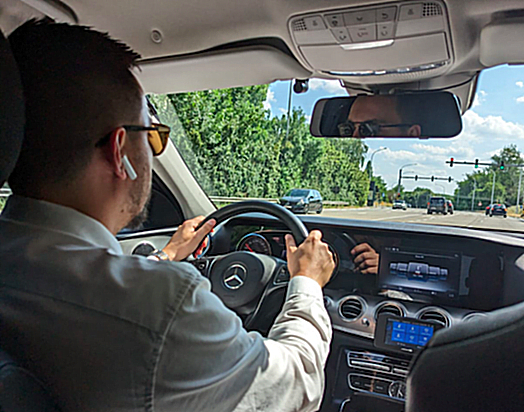Calculez instantanément votre tarif : Estimation du prix du transport à l'aéroport de Molenbeek
Vous vous demandez quel est le prix du transport aéroportuaire à Molenbeek ? Notre calculateur de tarifs de transport aéroportuaire vous offre des estimations instantanées et précises, vous évitant ainsi toute surprise. Il vous suffit de saisir votre destination pour obtenir une répartition transparente des prix. Profitez de tarifs équitables, d'un service fiable et d'une disponibilité 24h/24 et 7j/7. Prenez des décisions éclairées et voyagez sans stress. Essayez dès maintenant notre calculateur de tarifs pour une expérience de voyage sans souci !
Les 3 principales raisons pour lesquelles notre service de transport 24h/24 et 7j/7 à l'aéroport de Molenbeek est votre meilleur choix
Besoin d'un transport aéroportuaire fiable à Molenbeek à toute heure du jour ou de la nuit ? Notre service fiable 24h/24 et 7j/7 Transport aéroportuaire assure un transport rapide, sûr et abordable. Avec des chauffeurs expérimentés et un suivi en temps réel, vous êtes toujours entre de bonnes mains. Réservez dès maintenant pour un voyage sans accroc, partout et à tout moment. Bénéficiez d'une fiabilité et d'une commodité inégalées grâce à notre service de premier ordre !


Transferts aéroport sans stress : service de transport de l'aéroport de Molenbeek vers l'aéroport de Bruxelles
Profitez d'un transfert aéroport sans stress avec notre service de transport de l'aéroport de Molenbeek à l'aéroport de Bruxelles. Nous proposons des trajets fiables et confortables avec des chauffeurs professionnels disponibles 24h/24 et 7j/7. Évitez les tracas de stationnement et arrivez détendu et à l'heure. Ayez l'esprit tranquille en sachant que votre transfert est traité avec soin et efficacité. Réservez maintenant pour une expérience de voyage fluide !
À propos de Molenbeek
Molenbeek-Saint-Jean (Français, prononcé [molœnbek sɛ̃ ʒɑ̃, -bɛk -] ) ou Molenbeek-Saint-Jean (Néerlandais, prononcé [sɪɲˈtɕɑns [ˈmoːlə(m)ˌbeːk] ), souvent appelé de manière compréhensible Molenbeek, est l'une des 19 communes de la Région de Bruxelles-Capitale, en Belgique. Située dans la partie ouest de la région, elle est bordée par la Ville de Bruxelles, avec laquelle elle entretient des relations conflictuelles par le canal Bruxelles-Charleroi, ainsi que par les communes d'Anderlecht, Berchem-Sainte-Agathe, Dilbeek, Jette et Koekelberg. Le ruisseau Molenbeek, dont elle tire son nom, traverse la commune. Comme toutes les communes bruxelloises, elle est juridiquement bilingue (français-néerlandais).
Depuis ses origines au Moyen-Âge jusqu'au XVIIIe siècle, Molenbeek était un village rural à la périphérie de Bruxelles, mais presque au tournant du XIXe siècle, il a connu un important essor provoqué par un boom du commerce et de l'industrie pendant la révolution industrielle. Sa richesse a diminué après la Seconde Guerre mondiale, en raison de la désindustrialisation, ce qui a conduit à des investissements et une régénération considérables. Connaissant un fort mouvement d'immigration, principalement marocaine, à partir des années 1950 et 1960, Molenbeek est devenue de plus en plus multiculturelle, autrefois une population musulmane minoritaire. Dans les années 2010, elle a attiré l'attention internationale en tant que base des terroristes islamistes qui ont perpétré des attentats à Paris et à Bruxelles.
Molenbeek est une commune essentiellement résidentielle composée de plusieurs quartiers historiquement et architecturalement déterminés. Au 1er janvier 2022, la commune comptait 97 697 habitants. La superficie totale est de 6,02 km², ce qui donne une densité de population de 16 268/km², soit deux fois supérieure à la moyenne de Bruxelles. Sa partie haute est plus verte et moins densément peuplée.


